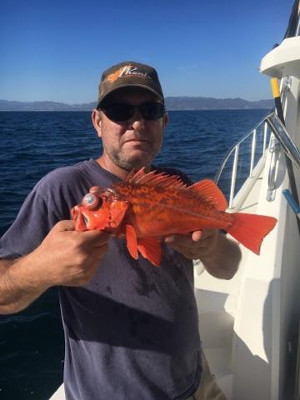 Captain John with a Vermillion Rockfish
Captain John with a Vermillion RockfishRockfish
There are dozens of species of rockfish that inhabit the local waters. Most are deep water species that we catch from 180 to 360 feet. Some of the best are the Vermillion Rockfish (locally known as red rock fish or red snapper) and the Copper Rockfish (Chuckleheads!) Rockfish season is open from March 1st to December 31st. Rockfish are excellent table fare.
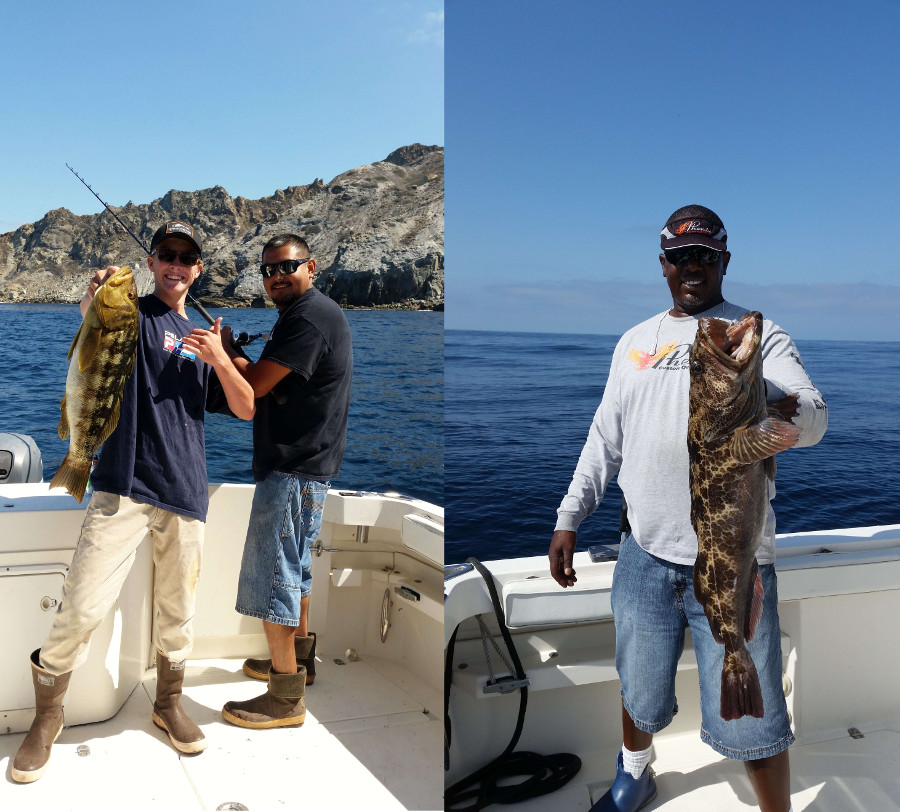

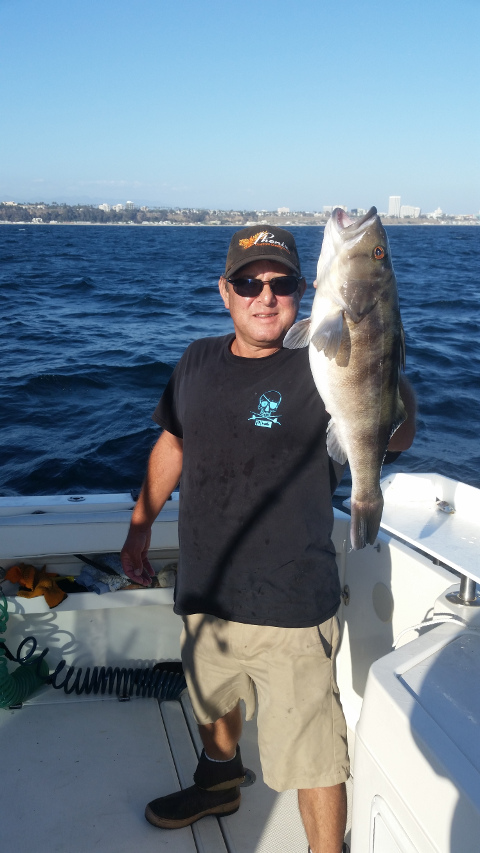 John with a Sand Bass near Santa Monica
John with a Sand Bass near Santa Monica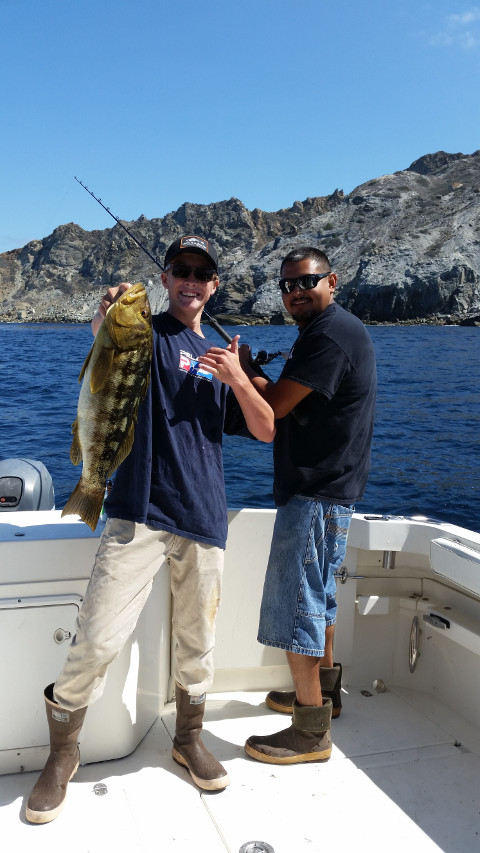 Jimbo with a Calico at Catalina Island
Jimbo with a Calico at Catalina Island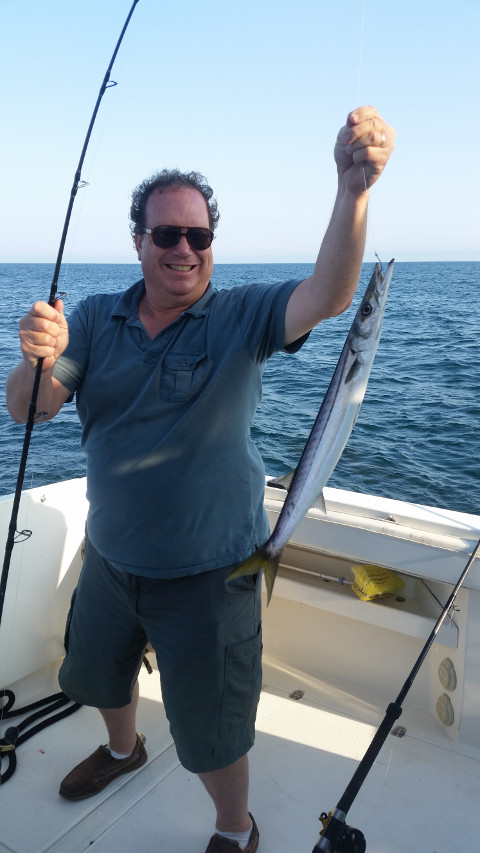 Nick with a short Barracuda (released)
Nick with a short Barracuda (released)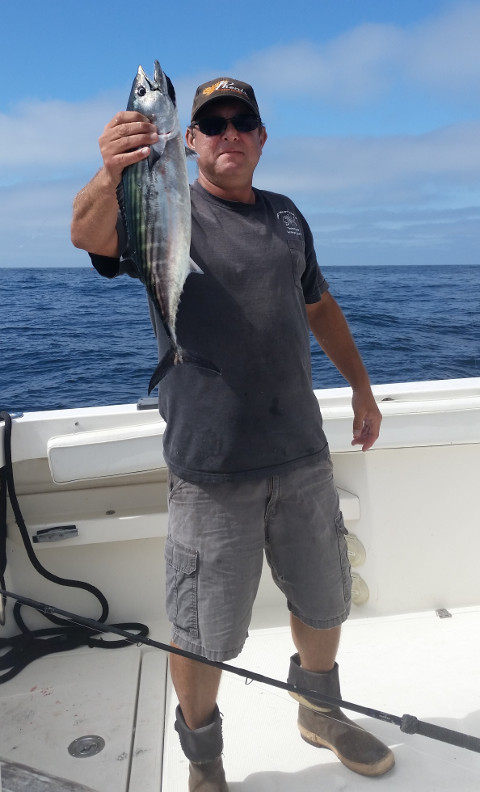 Capt. John with a Bonito
Capt. John with a Bonito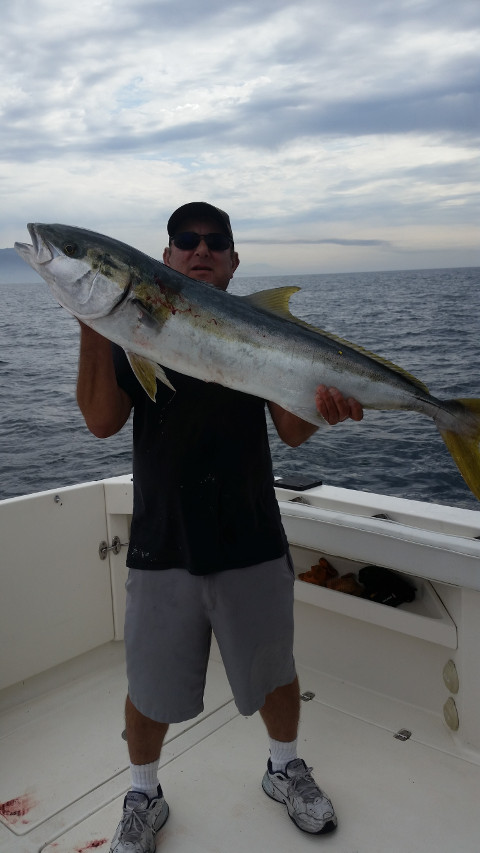 John with a 24lb Yellowtail near Mailbu
John with a 24lb Yellowtail near Mailbu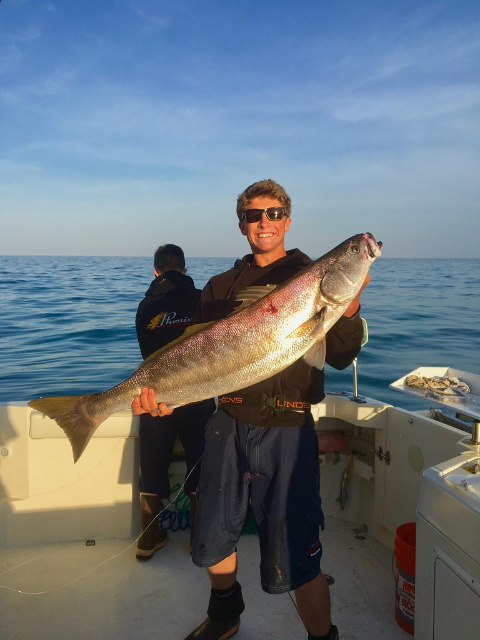 Jimbo with a 28lb White Seabass
Jimbo with a 28lb White Seabass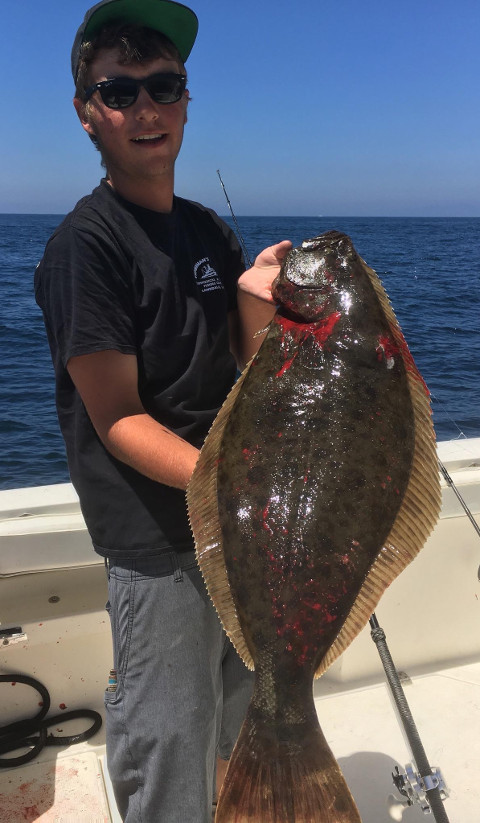 Kyle with a California Halibut
Kyle with a California Halibut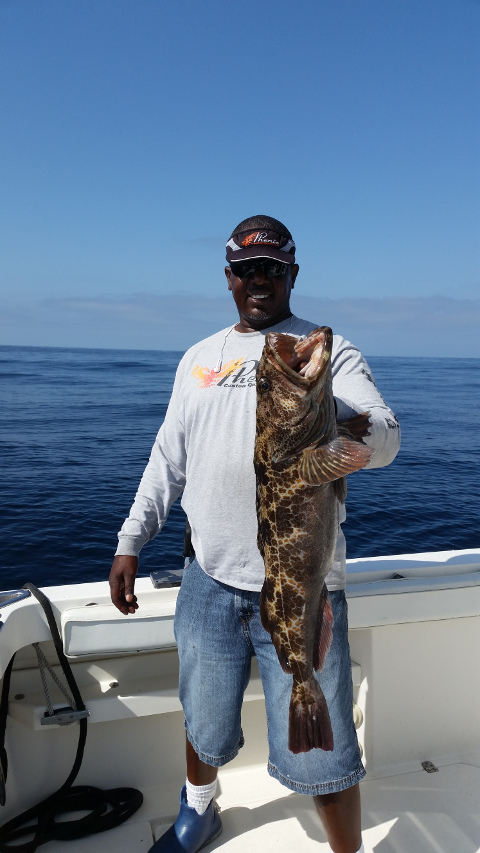 Tony with an 11lb Lingcod
Tony with an 11lb Lingcod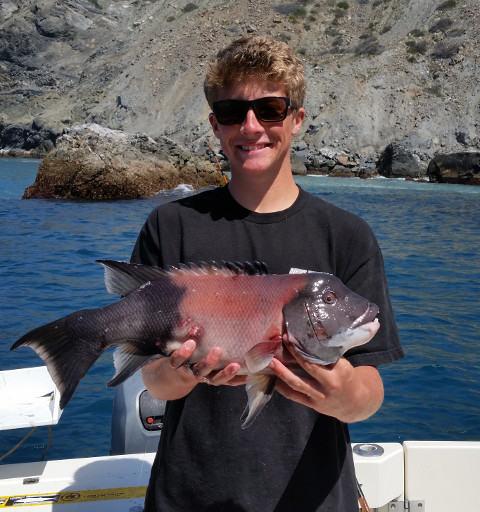 Jimbo with a male Sheephead
Jimbo with a male Sheephead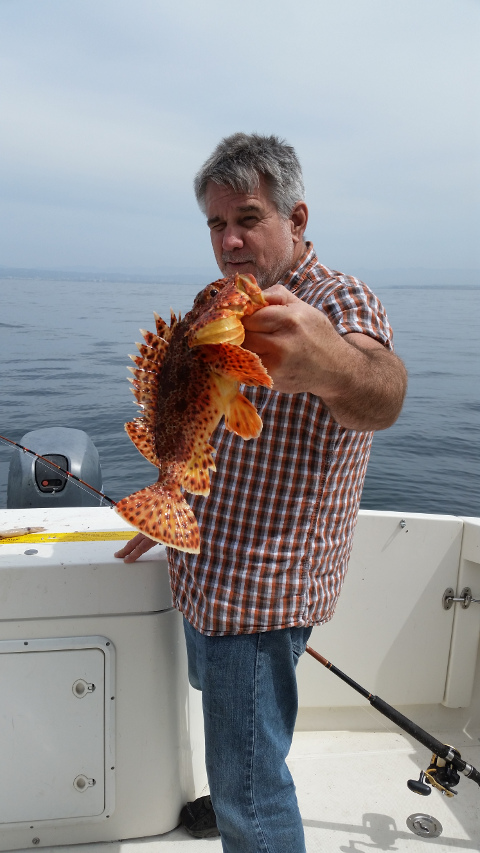 Tom with a California Scorpionfish
Tom with a California Scorpionfish Peter with 2 nice Lobster
Peter with 2 nice Lobster Capt Brian with giant bluefin
Capt Brian with giant bluefin